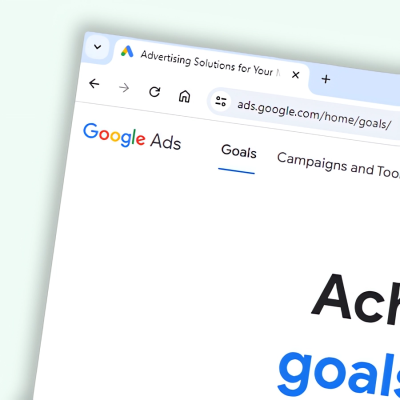April 27 is International Design Day. To celebrate, here’s a little look into the history of web design.
Design is (and always has been) all around us, in the built and digital environments we occupy. Digital design – including web design – is a particularly dynamic force, a place where design intersects with business, art, education, AI, music, – you name it.

Good web design can make information accessible, bring people to the services they need, inform the world, and improve business performance.
The 1980s – The Dark Ages
In the late 1980s the world wide web was first recognised when physicist Tim Berners-Lee created the software to create what we now know as web pages.
This 80s era of text-only interfaces, designed on black screens with coloured pixels, is sometimes known as the dark ages…
The 1990s – Websites & Browsers
The 1990s saw huge changes in the world of web. In 1990, three university students launched what is thought to be the first-ever search engine, Archie. This was closely followed by the World Wide Web browser for editing web pages (subsequently named Nexus), also created by Berners-Lee.
Notable on the design front was the introduction of Adobe Photoshop 1.0. The full image editing application was released for the Macintosh system (6.0.3) for editing images that had been scanned onto a computer.
In 1991, Berners-Lee and his team created the first-ever website. Web designers became able to create content both horizontally and vertically, albeit on text-only pages. In an historic moment following this, Berners-Lee’s team uploaded a photo of parody pop group Les Horribles Cernettes, which became the very first photo on the internet.
In November 1995 – shortly after the introduction of Amazon.com, Internet Explorer and Auction Web (now eBay) – HTML 2.0 specification was published, which supported forms, tables, graphics, and a number of new tags, such as, <head>, <body>, <form>, <img>, <strong> and others.
Following this, JavaScript 1.0 was designed by Brendan Eich of Netscape, paving the way for creation of interactive websites. In 1997 the Web Accessibility Initiative (WAI) officially launched, working to develop standards and provide support materials to help web developers to create accessible sites.
Google arrived on the scene in 1998. Its stark white home page, with a solitary logo and a single search box was a huge step away from the densely populated Yahoo! and AskJeeves home pages of the time.
Web designs were progressing and Adobe ImageReady 1.0 was released – a graphics editor including the ability to create rollover effects or short animations (GIF). Cascading Style Sheets (CSS) software was created in 1996, which allowed the content (HTML) to be separated from the visual elements such as layout, colour, and font).
The 2000s – The Blogging Days
The blogging platform Blogger.com rode a successful wave at the turn of the century and in 2003 WordPress was introduced as a blogging software. At the time, it simply enabled users to create simple blog posts with very little visual personalization, but this led the way to the popularity of personal blog-led websites.
2007 Onwards – Mobile Design
Mobile phones were catalysts for the ‘flat design’ revolution. The depth and 3D effects of websites were removed to suit smaller screens.
From this came Responsive Web Design, which enables website content to be displayed to suit relevant resolution or screen size. This is a trend we are still riding and has become an essential part of web design.
The 2010s
This was the birth of many tools that we still use today. The Sketch app (although we did not use it then) is now our go to choice for designing websites. The Bootstrap framework was originally developed to help maintain HTML/CSS and JavaScript code consistency in Twitter applications, but like many agencies and web designers we adopted the framework to help in most of our websites and again still use it today for some of our site builds. In 2012 media queries were introduced this allowed us as web designers to get really creative as they allow for adaptable web page rendering based on various factors such as screen resolution or size.
We’re now well in to the 2020s and it seems like another very exciting time for web design.
We are beginning to see the use of AI come into the web world and we can only imagine where this is going lead too and how it could even change the way we work. We also believe that web design as we know it today could become very different in the upcoming years, as websites are getting more and more powerful for businesses and users. Even though it’s changing rapidly, the fundamentals of web design and what we love to do still stay strong.


